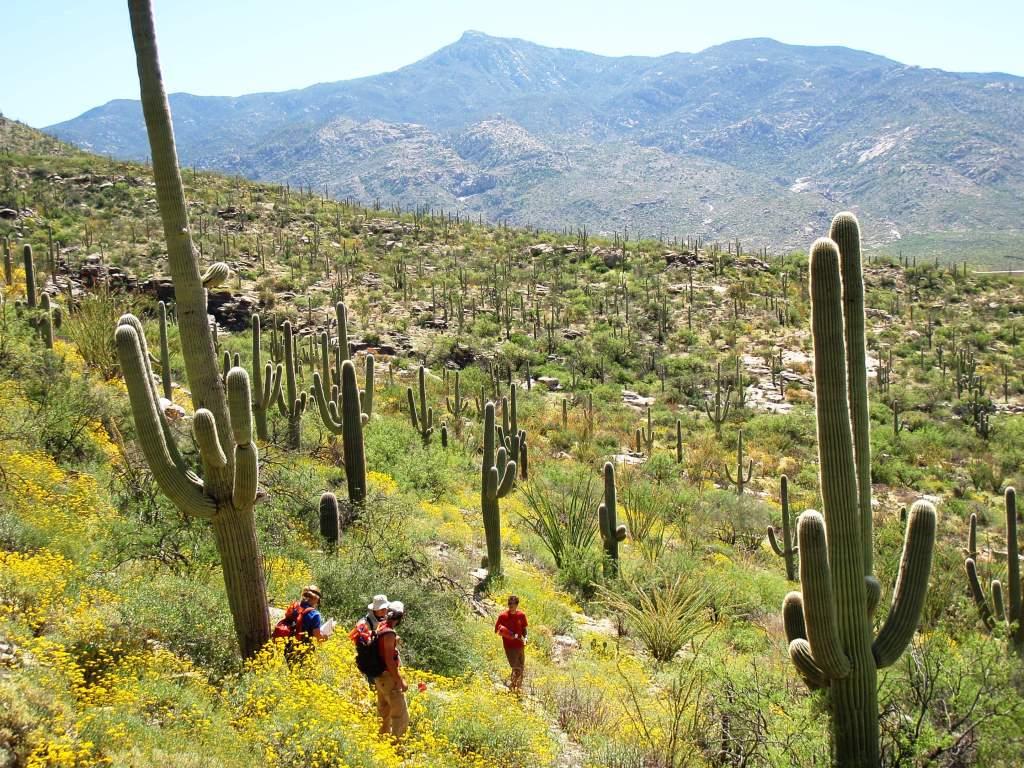The Saguaro Cactus: A 75-Year Perspective from Saguaro National Park

Conservation biologist Don E. Swann works to monitor, research and manage natural resources at Saguaro National Park in Tucson, Arizona.
On Wednesday, Jan. 24, 2018, Swann will share some results of monitoring and repeat studies from the park as part of the Science and Mathematics Colloquium Series. He will share results from large-scale citizen science efforts on study plots dating from the early 1940s, 1970s and 1990s that provide insight into how populations of this iconic Sonoran Desert plant in the park have changed in the past 75 years and may change in the coming years.
Swann is lead or co-author on more than 25 collaborative scientific papers on a wide range of topics in conservation biology, including long-term studies of the saguaro. His current collaborative work is focused on patterns of establishment in different habitats in response to drought; whether saguaros may be moving upslope as a result of warming temperatures; saguaro flowering phenology; and the relationship between the saguaro and its associated plant community.
Swann attended Brown University and earned a master’s in wildlife and fisheries ecology from the University of Arizona.
Faculty and practitioners discuss their current research and field projects in the College of Integrative Sciences and Arts' Science and Mathematics Colloquium Series held throughout the academic year at the ASU Polytechnic campus. All seminars are free and open to the public.